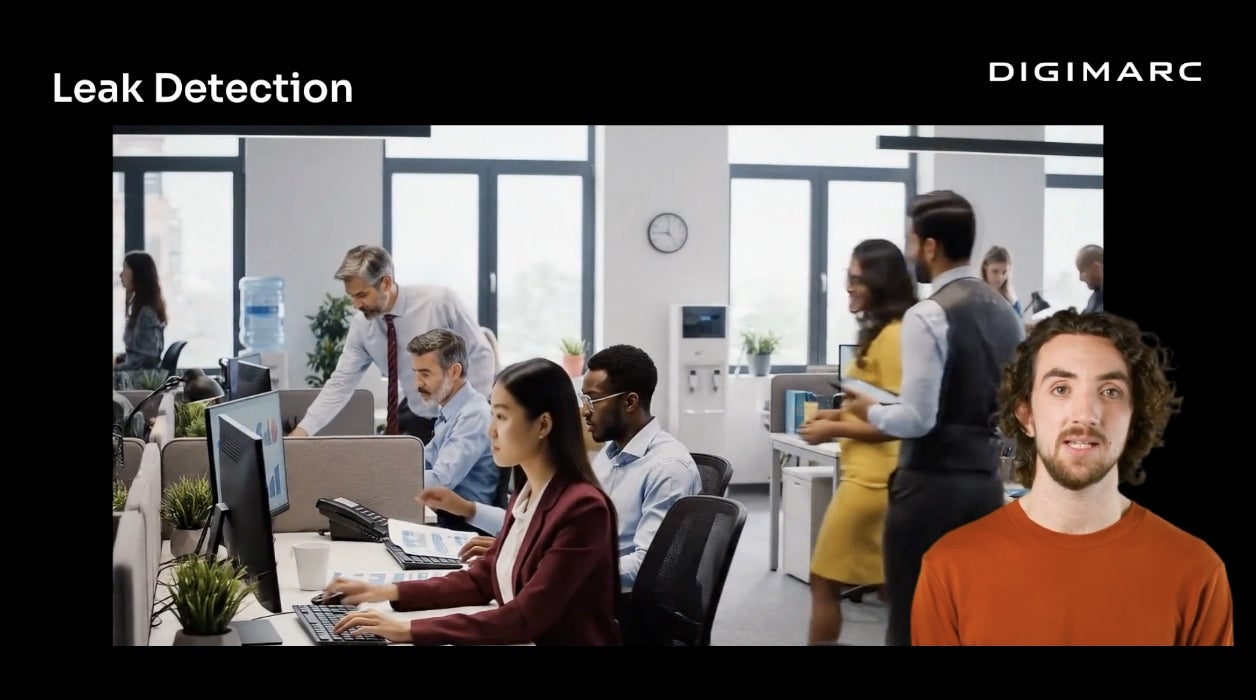Counterfeiting is a real threat and growing. The Organisation for Economic Cooperation and Development reports that counterfeit products are now a fixture in the world economy, representing 3.3% of global trade. Counterfeiting has unfortunately expanded as more business takes place online recently. With counterfeiting at all-time highs, we spoke with Digimarc’s Product Manager Lynn Christensen to get the latest insights on how brands protect themselves in today’s landscape.
Question: How does counterfeiting affect consumers and businesses?
Answer: Many consumers, when they think of counterfeiting, often think of fake luxury items, knock-off designer bags or watches in street markets, but the challenge is multifaceted and far more complex. It involves challenges across a wide spectrum of brand assets, affecting intellectual property, packaging, products, brand reputation, as well as the safety and health of consumers.
Question: What is brand protection and how can brands defend themselves?
Answer: "Brand protection” is the actions organizations take to defend themselves from ever-present market issues like counterfeits, diversion, and illicit trade. It’s essentially the process of protecting the invaluable pillars of a business built up over long periods of time like brand equity, reputation, trust and consumer safety. A good brand protection strategy should involve a multi-layered approach that includes a mix of prevention processes to stop damaging and illegal brand infringement.
Question: Are digital assets susceptible to infringement too?
Answer: Yes, both physical and digital assets are susceptible. Many brands struggle with their copyrighted and trademarked digital assets being infringed upon and misused as a “front” for fake goods. Other areas where digital assets are at risk involves leaked and/or embargoed documents/images. The ability to add digital identities through watermarking to online assets will help protect brands from intellectual property and copyright issues.
Question: What does a multi-layered brand protection strategy mean?
Answer: Defending your products and packaging requires a multi-layered approach, which can include the use of covert features to enable multiple authentication processes. And, when these processes are combined with overt markers, such as RFID tags or holographic stickers, they can provide a complex defense against tampering. Digital watermarks, specifically, can be used alone or in conjunction with other forms of brand protection solutions.
Question: How do digital watermarks work?
Answer: Digital watermarking provides a crucial layer in the defense of physical and digital assets because it is a digital identifier that can function both in a covert and an overt capacity. In a covert use case, Digimarc watermarks serve as an imperceptible and unique data carrier repeating many times across the product, packaging or labels, to create redundancy that results in more reliable, efficient identification. In addition, Digimarc watermarks can be applied to a variety of substrates and materials and have item-level identities that can be serialized to provide unique references for each product including batch, lot or place of origin.
Learn the comprehensive strategies behind how digital watermarks can protect your brand. Download a free brand protection guide to learn the top 3 industry leading methods for effectively utilizing watermarking to combat counterfeiters.
